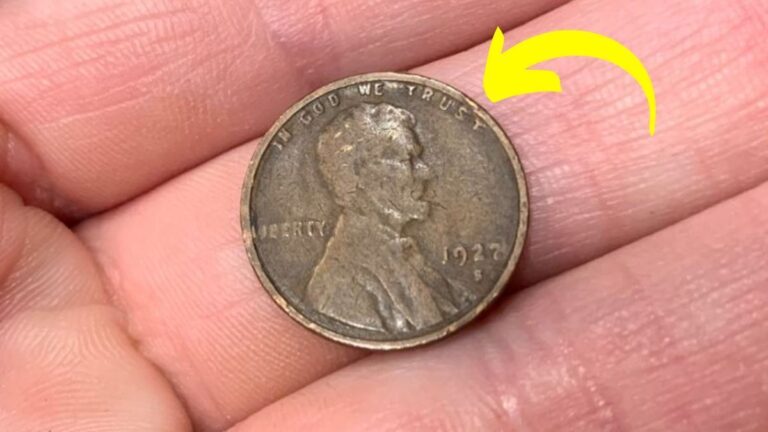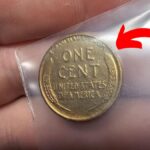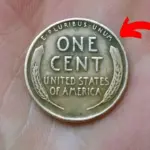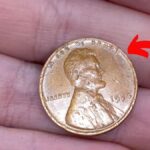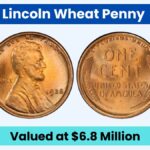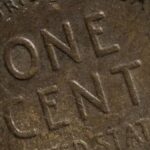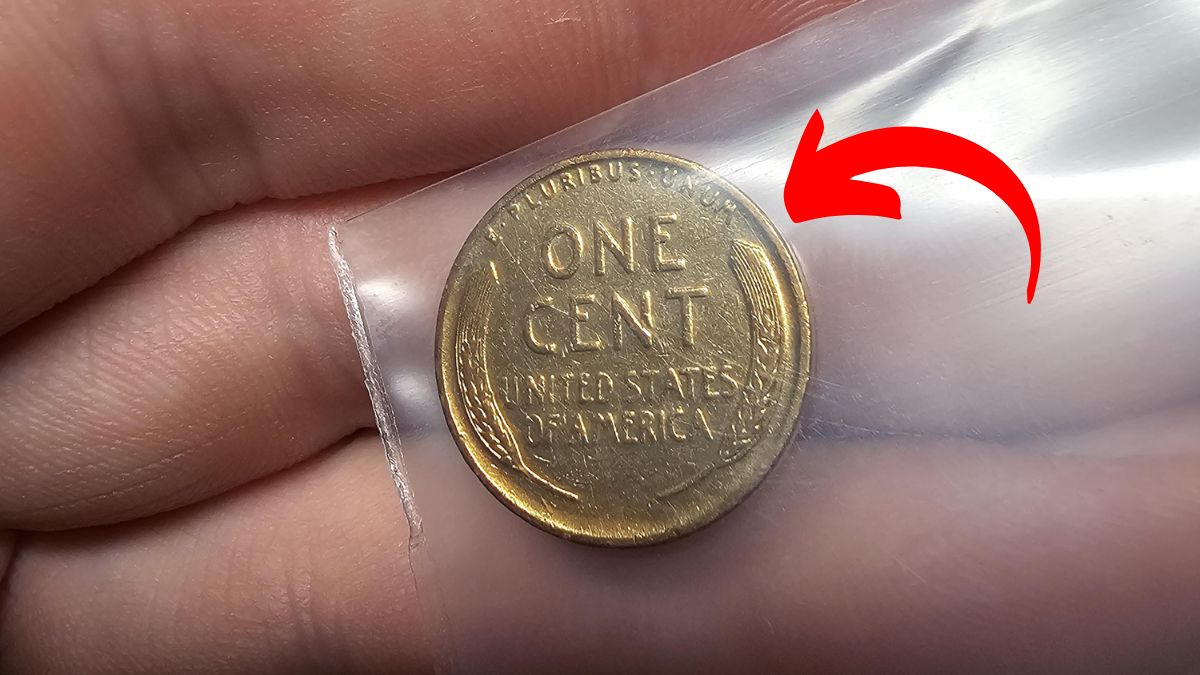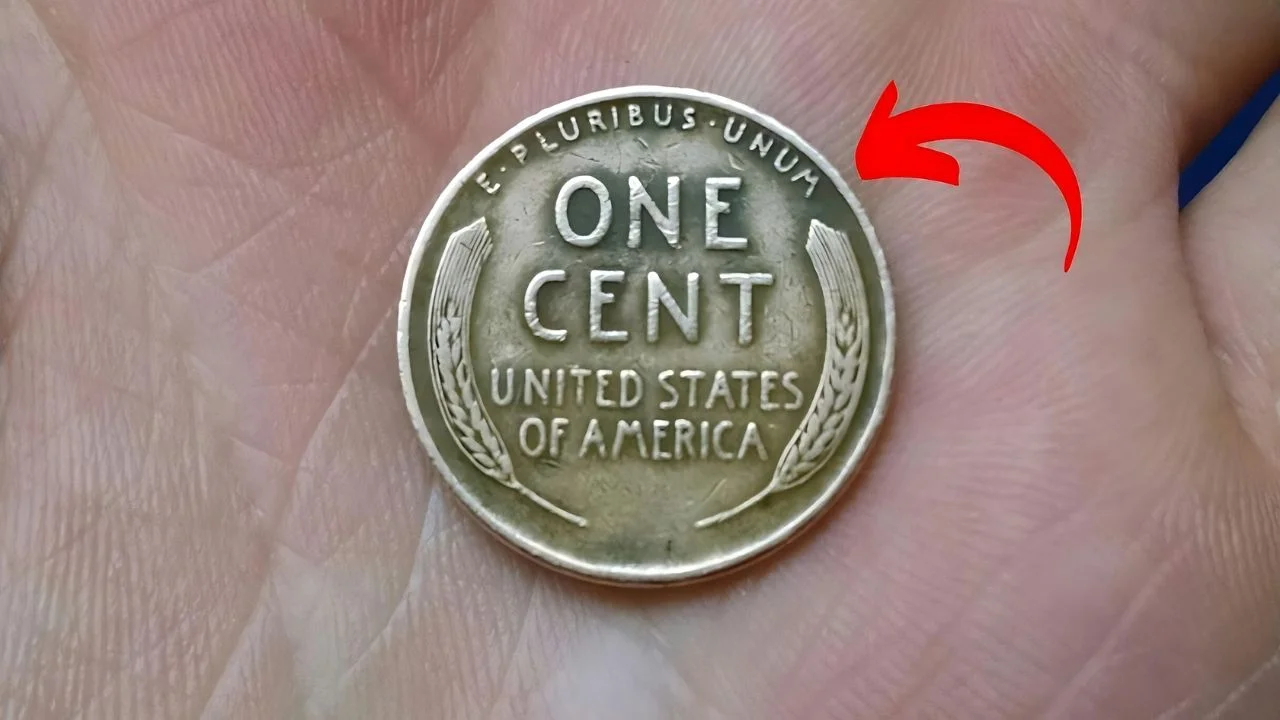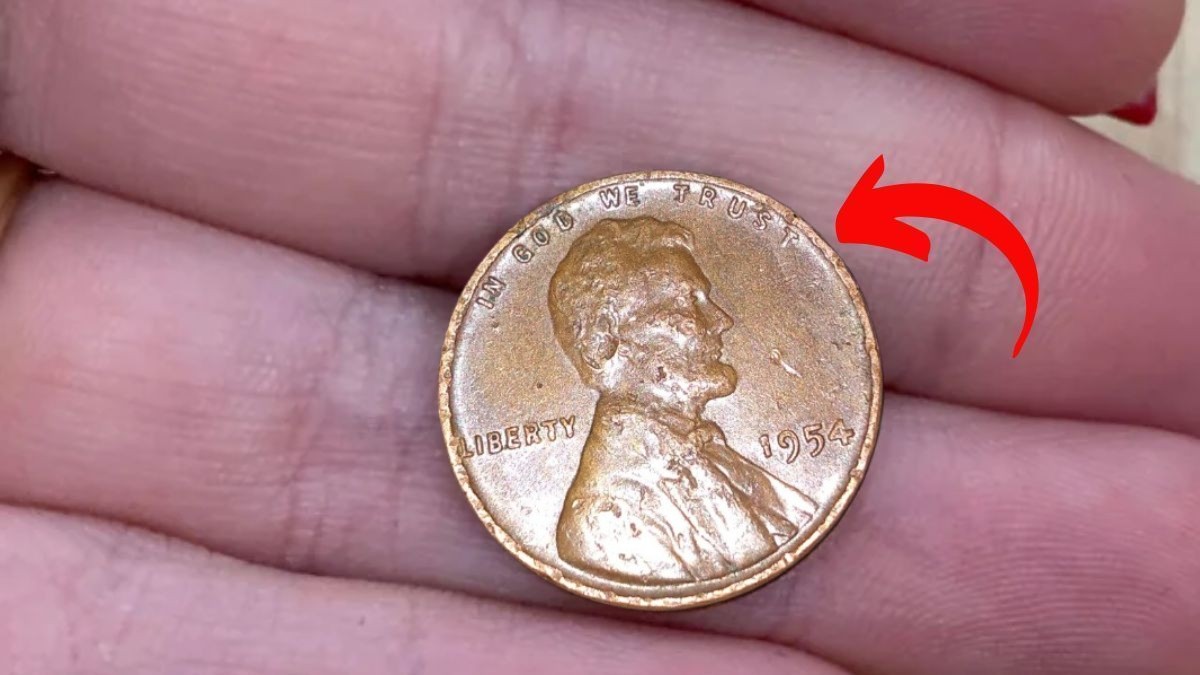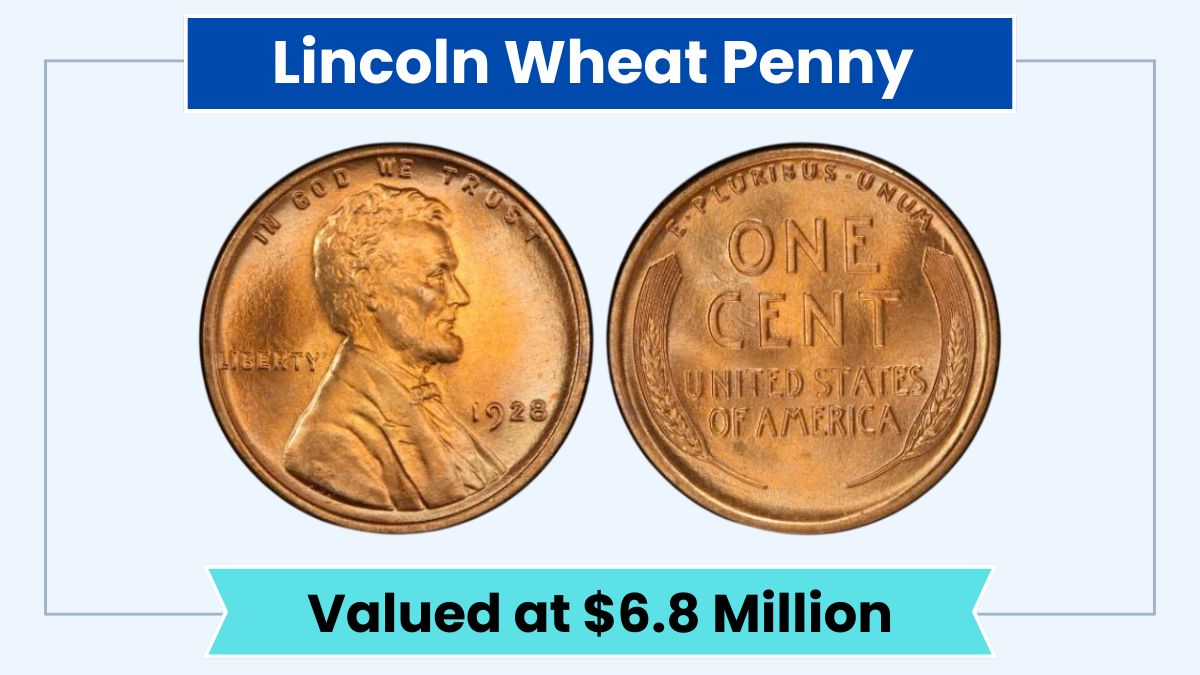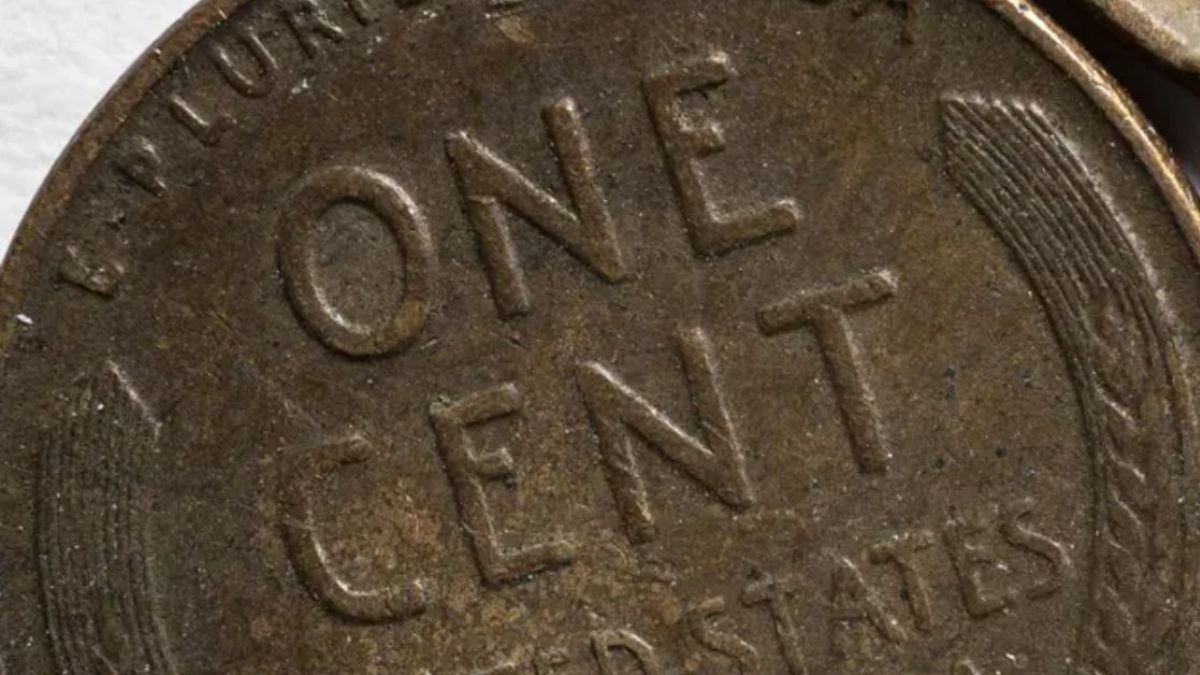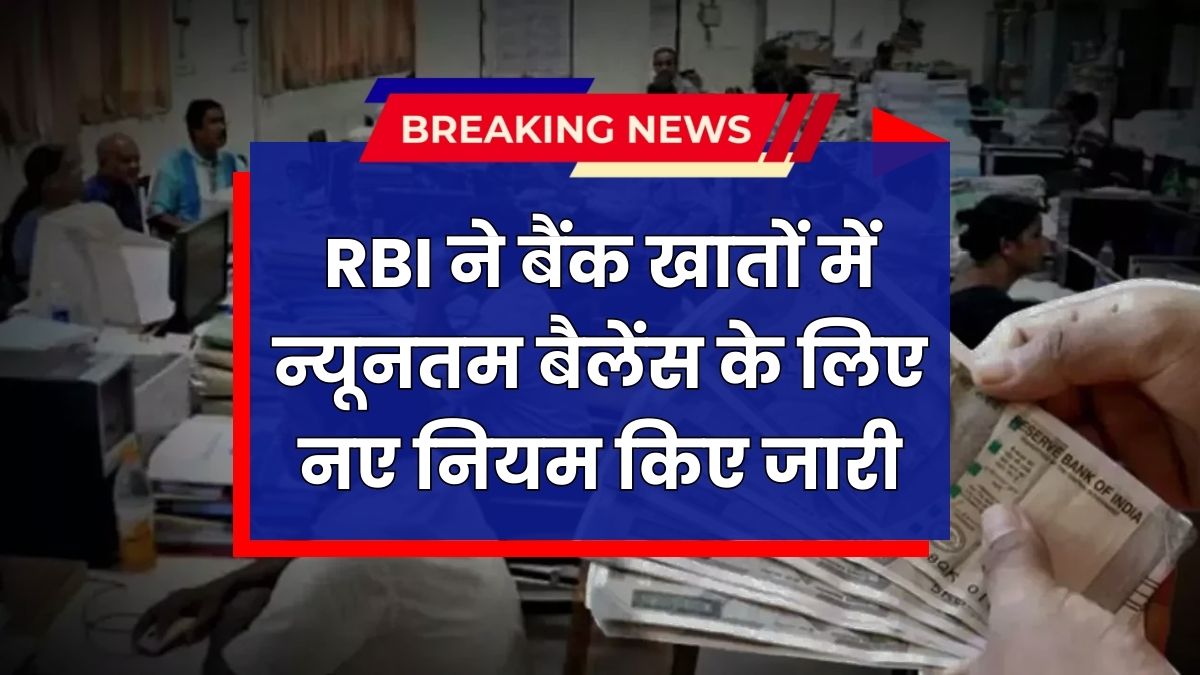Lincoln Wheat Penny Valued at $90 Million – The idea that a simple Lincoln Wheat Penny could be worth $90 million sounds like something straight out of a collector’s dream. After all, how could a coin designed for everyday use rise to such an astronomical value? While no Wheat Penny has officially sold for $90 million, this figure draws attention to the world of rare coins, where even small cents can command life-changing prices. Could a penny like this still be out there—circulating quietly in someone’s spare change?
What Is a Lincoln Wheat Penny?
The Lincoln Wheat Penny was minted from 1909 to 1958 and was the first U.S. coin to feature a real person: President Abraham Lincoln. The reverse side showcases two wheat stalks, hence the nickname. Though billions of these coins were produced, only a handful are considered exceptionally rare—and those are the ones that have captured the attention of collectors and historians alike.
Why Could a Penny Be Worth $90 Million?
Although a $90 million sale has not occurred, here are several conditions that could theoretically justify such a valuation:
1. Unique Minting Error
Coins that contain one-of-a-kind errors—such as being struck on the wrong metal, with an incorrect die, or having a double strike—are among the most sought-after. The 1943 bronze Wheat Penny is a perfect example. Minted by mistake during WWII, it has fetched over $1 million at auction. A previously unknown variant or flaw could drive a coin’s value into the tens of millions, especially if it’s the only one of its kind.
2. Historical Provenance
Coins connected to important historical events or famous individuals—like presidents or influential collectors—often command higher prices. If a rare Wheat Penny can be traced back to a historical figure or moment in American history, its value increases dramatically.
3. Perfect Grade (MS-70 or PR-70)
Coins in perfect, uncirculated condition—graded as MS-70 by services like PCGS or NGC—are extremely rare. Combine that with rarity and a desirable error, and you have the recipe for a record-breaking coin.
4. One-of-a-Kind Collector Demand
If a billionaire collector sees a particular coin as a once-in-a-lifetime acquisition, the bidding can skyrocket. In niche collecting communities, the highest prices are often driven by competition, not just supply.
Could a $90 Million Penny Still Be in Circulation?
Surprisingly, the answer is yes—though it’s extremely unlikely. Some of the most valuable coins in U.S. history have been discovered in:
- Bank rolls
- Old coin jars or drawers
- Garage or estate sales
- Pocket change
- Inherited collections
Because most people overlook pennies, rare coins can go unnoticed for decades. That’s part of what makes the Lincoln Wheat Penny so fascinating—its most valuable versions could still be hiding in plain sight.
What to Look For in a Valuable Wheat Penny
Here’s a checklist to help identify a potentially rare and valuable Lincoln Wheat Penny:
- Key Dates: Especially rare years include 1909-S VDB, 1914-D, 1922 No D, 1931-S, 1943 Bronze, and 1944 Steel.
- Mint Mark: Found below the date; “S” stands for San Francisco, “D” for Denver, and no mark means Philadelphia.
- Metal Type: A 1943 penny in bronze (rather than steel) or a 1944 penny in steel (rather than copper) is highly collectible.
- Magnet Test: If your 1943 penny sticks to a magnet, it’s steel. If not, it might be the rare bronze version.
- Weight: Bronze pennies weigh about 3.11 grams, while steel ones weigh about 2.7 grams.
- Error Indicators: Look for doubled lettering, off-center strikes, or unusual features.
If your coin seems special, consider having it evaluated by professional grading services.
What to Do If You Find One
- Do not clean the coin—this will damage its surface and reduce its value.
- Store it safely, preferably in a protective coin holder.
- Get it authenticated by a reputable service like PCGS or NGC.
- Research its history and rarity, and consult multiple dealers or auction houses.
- Consider selling it through a major auction if it’s truly rare and confirmed by experts.
Conclusion
Whether or not a $90 million Lincoln Wheat Penny exists, the buzz around it speaks to the enduring fascination with rare coins. While most pennies are only worth a cent, a few carry stories, history, and features so unique that their value can become almost mythical. So next time you check your spare change, don’t overlook the humble penny—you might just be holding one of America’s most legendary treasures.
Disclaimer: The value of coins mentioned in this article is based on collector interest and market trends and is not guaranteed. Always consult a professional appraiser for accurate valuation.
